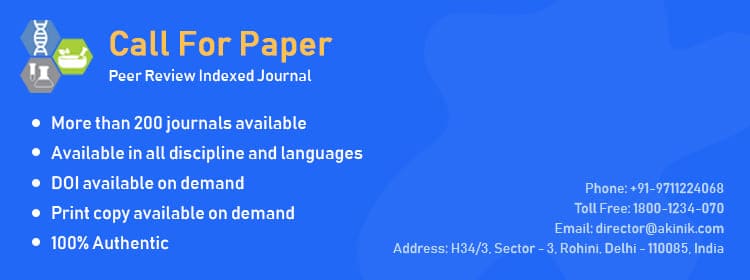International Journal of Homoeopathic Sciences
Vol. 9, Issue 2, Part E (2025)
Homoeopathic intervention in subclinical hypothyroidism: A patient-centered approach
Vishnu Priya PS, Sathish Kumar V, AS Suman Sankar and Nabila Begum A
Subclinical hypothyroidism is a condition characterized by elevated serum thyroid-stimulating hormone (TSH) levels with normal free thyroxine (FT4) concentrations. It is commonly seen in women over the age of 55 but can also affect younger individuals. The most frequent cause is autoimmune thyroiditis, and the condition may progress to overt hypothyroidism, particularly in patients with positive thyroid autoantibodies and higher TSH levels. Symptoms may be mild or absent, but younger patients (<65 years) may have an increased risk of cardiovascular conditions such as coronary artery disease and heart failure. This case study presents a 34-year-old female patient with a known history of hypothyroidism for two years, experiencing persistent symptoms including irregular menstruation, hair fall, lumbar pain, and migraine, despite being on allopathic treatment. Due to lack of significant improvement, she sought homoeopathic treatment on 28/02/2023. Following individualized constitutional homoeopathic therapy, her TSH levels decreased markedly from 18.83 mIU/L (07/01/2023) to 5.85 mIU/L (15/04/2023), along with symptomatic improvement. This case illustrates the potential of homoeopathic medicine in effectively managing subclinical hypothyroidism and associated symptoms where conventional treatment shows limited results. Nonetheless, being a single case, it underlines the importance of further studies to substantiate these findings and explore the broader applicability of homoeopathic approaches in thyroid disorders.
Pages: 265-268 | 1304 Views 231 Downloads









